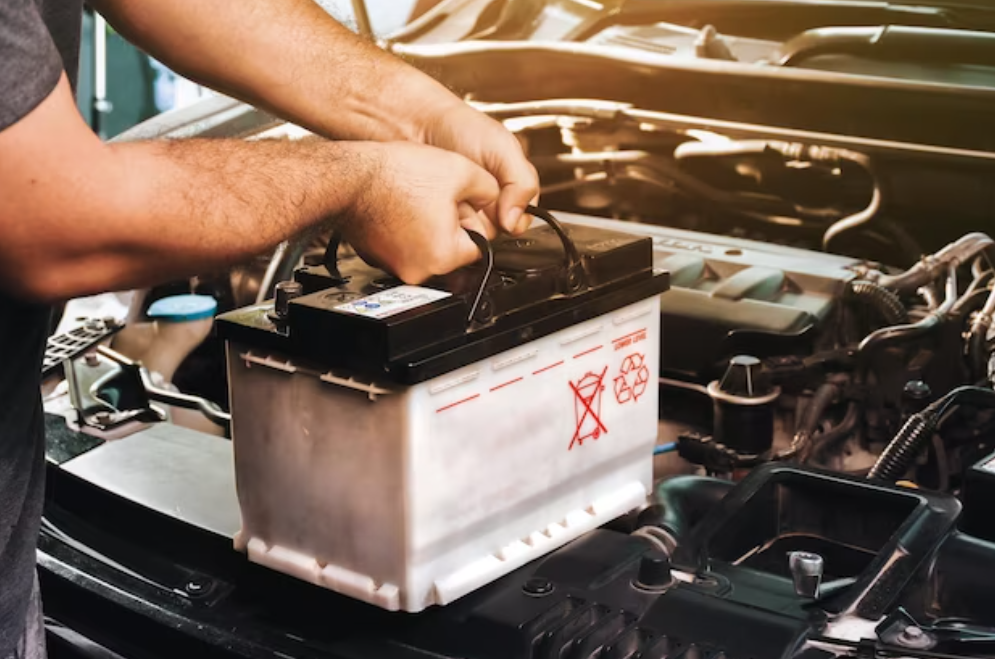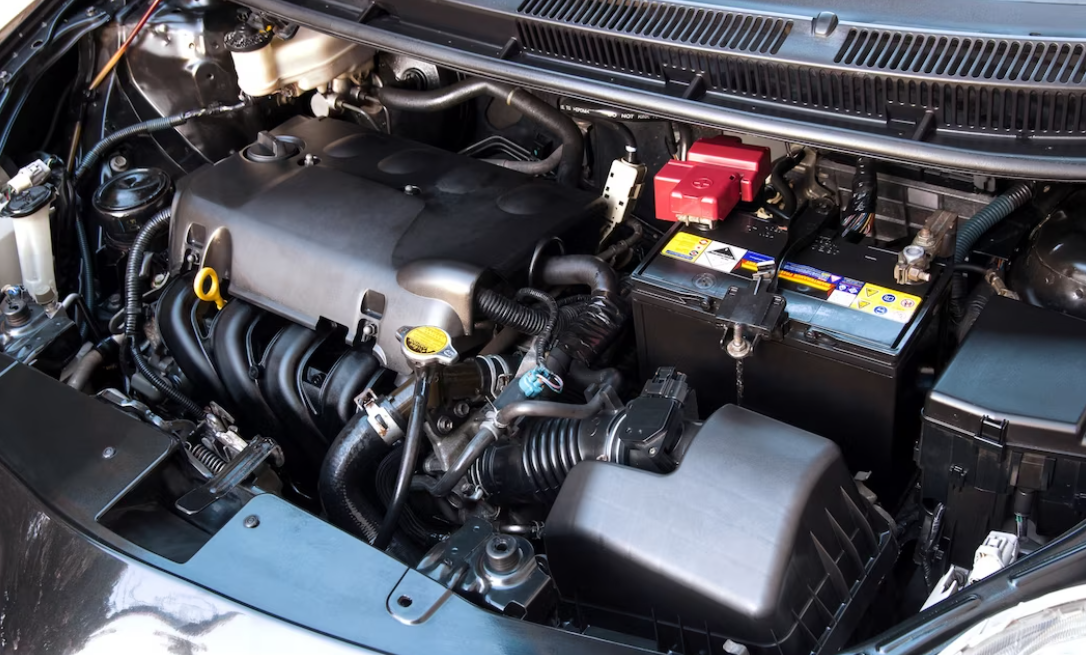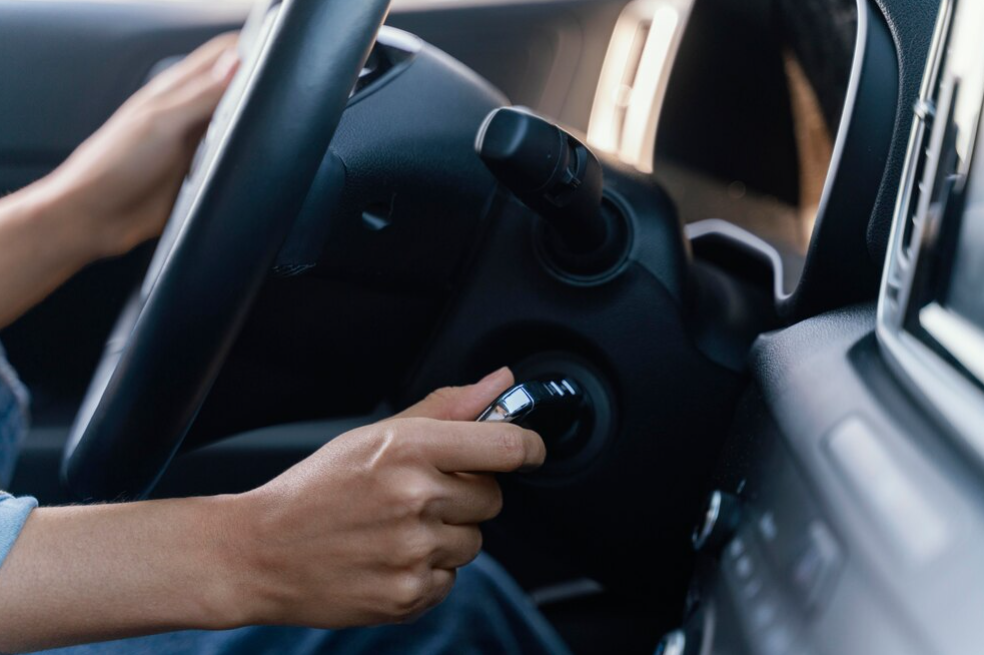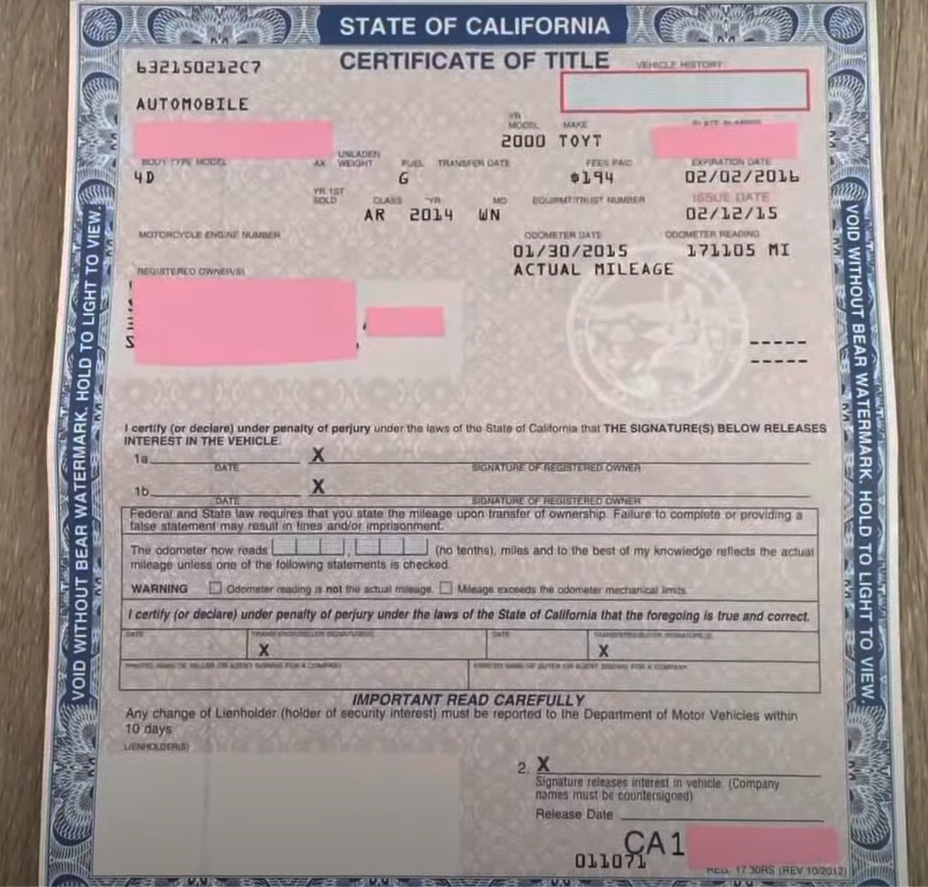How to Disconnect a Car Battery Safely
A car battery is an essential component of your vehicle, supplying the energy to start up your engine and power many of its components. Knowing how to disconnect a car battery correctly can come in handy for any number of scenarios, such as when you want to replace or service it and before jump-starting another vehicle. With this post, we'll provide detailed instructions on the process from start to finish so you can safely and easily unwire that old battery.

Understanding the Risks of Disconnecting a Car Battery
Disconnecting a car battery poses several risks and considerations. Firstly, it results in a complete loss of electrical power, disabling various vehicle systems. Additionally, memory settings may be lost, requiring reconfiguration once the battery is reconnected. Disconnecting the battery can also cause the vehicle's computer system to reset, affecting performance temporarily. Certain security systems may be triggered, potentially immobilizing the vehicle. Safety precautions must be followed to avoid injury or damage, as batteries contain corrosive acid and produce flammable gas. Mishandling the battery can lead to acid spills, shocks, or explosions. Moreover, voltage spikes during disconnection may damage sensitive electronic components.

Step 1: Ensure safety
Prior to commencing the procedure, ensure that you are in a well-ventilated space and prioritize your safety by wearing appropriate protective gear, such as safety goggles, gloves, and any other necessary equipment.
Step 2: Locate the battery
Find the position of the automobile battery. It is often located in the engine compartment of cars. If uncertain, get advice from the owner's handbook for your car.
Step 3: Identify battery terminals
You should locate the positive terminal of the battery, indicated by the "+" symbol, and the negative terminal, indicated by the "-" sign.
Step 4: Disconnect the negative terminal
Using an adjustable wrench or battery wrench, loosen the nut on the negative terminal. Once loose, carefully remove the terminal clamp from the negative terminal and set it aside. Be cautious not to let the negative terminal touch any metal parts of the car.
Step 5: Disconnect the positive terminal
Repeat the same process for the positive terminal. Loosen the nut, remove the terminal clamp, and set it aside, ensuring it doesn't come into contact with any metal surfaces.
Step 6: Insulate the terminals
To prevent accidental contact and potential electrical issues, cover the disconnected terminals with non-conductive material, such as electrical tape or terminal protectors.
Step 7: Check for any additional connections
Some vehicles may have additional connections to the battery, such as grounding wires or battery hold-down brackets. If present, carefully disconnect these components according to your vehicle's manual.
Step 8: Inspect the battery
Examine the battery carefully for any indications of leaking, damage, or corrosion. Use a battery terminal cleaner and wire brush, if necessary, to clean the battery terminals and cable ends.

Safety must always come first while removing a car battery to prevent mishaps and potential dangers. To reduce exposure to dangerous gases, start by donning the appropriate protective gear, such as safety goggles and gloves, and operate in a well-ventilated location. Before continuing, always switch off the engine and locate the positive and negative battery connections. Start by disconnecting the negative terminal first to prevent electrical shocks and short circuits. Handle the battery with care to avoid spills or leaks, and insulate the disconnected terminals using non-conductive materials. Secure any loose cables away from metal surfaces to prevent sparks or accidental reconnection. Properly dispose of the old battery following local regulations and consult the vehicle's manual or seek professional guidance if needed. By following these tips, you can safely disconnect a car battery and complete the task with confidence.
-
What should I do with the old battery after disconnecting it?
Properly dispose of the old battery following local regulations. Car batteries contain hazardous materials, so it's important to handle them responsibly and recycle them at designated facilities.
-
Will disconnecting the battery affect my vehicle's security system?
In rare circumstances, unplugging the battery may cause the security system to go on. If necessary, use the instruction handbook that came with your car to learn how to correctly disable or reset the security system.
See more review here: Top 10 Lift Kits For Your Off-Road Adventure






.png)








